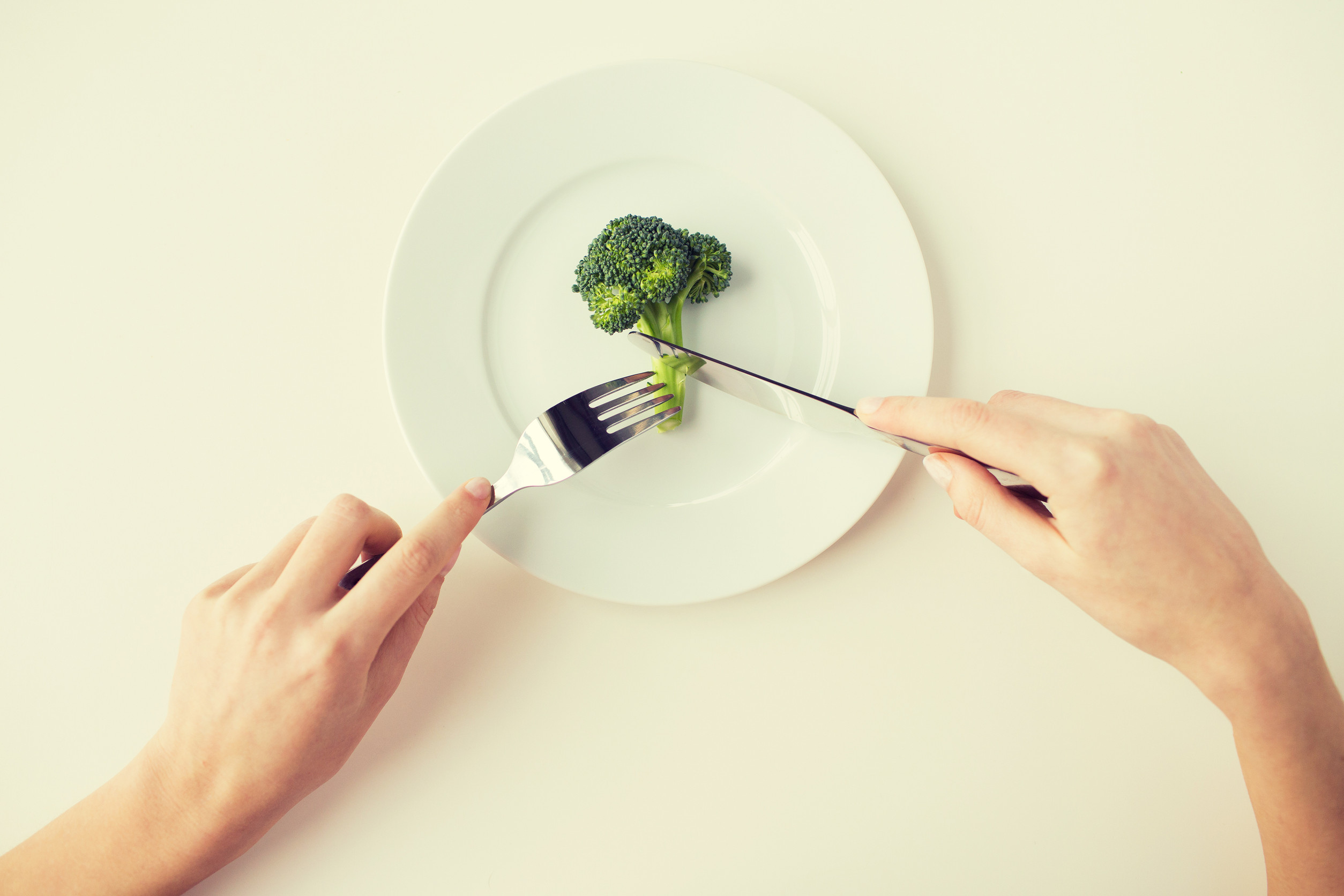In recent years, the term “diet culture” has evolved, shedding its old-school, restrictive image and transforming into something more palatable: “wellness.” Today, the wellness industry is booming, with social media influencers, shiny apps, and high-end products promising a healthier, happier life.
But beneath the surface of green smoothies and mindfulness retreats lies a persistent, often overlooked problem. The dark side of diet culture, now cloaked in wellness language, continues to shape how people view their bodies and health — sometimes with damaging consequences.
The Illusion of Choice in Wellness Culture
Wellness culture markets itself as empowering, offering countless options for diet, exercise, and mental health improvements. Yet, this abundance can feel less like freedom and more like pressure to constantly optimize one’s body and lifestyle. Many find themselves trapped in endless cycles of trying new diets or fitness trends that promise transformation but rarely deliver lasting results.
The underlying message remains the same — to be worthy, one must always be working on self-improvement. This illusion of choice masks a rigid, judgmental system where failure is internalized and shame is a constant companion.
Social Media’s Role in Shaping Wellness Expectations
Social media platforms are the perfect stage for wellness trends to flourish, with influencers curating highly edited snapshots of their lives. These images often blur the line between inspiration and unattainable perfection, making followers feel inadequate if they don’t measure up. Hashtags like #CleanEating and #SelfCare flood feeds, but they can also fuel anxiety around food and body image. The constant bombardment of “ideal” wellness lifestyles encourages comparison rather than self-acceptance. As a result, social media amplifies diet culture’s grip under the guise of promoting health.
The Commercialization of Wellness
The wellness industry is now a multi-billion-dollar market, with products ranging from detox teas to wearable fitness trackers dominating the shelves. This commercialization drives a profit-first agenda where selling solutions often takes precedence over genuine health benefits. Companies cleverly repackage old diet culture tactics as innovative wellness breakthroughs to keep consumers buying. The pressure to consume more can lead to financial strain and a never-ending pursuit of the next quick fix. Rather than empowering individuals, the industry frequently exploits insecurities for financial gain.
Mental Health Consequences Hidden in Wellness Trends
While wellness is often touted as a path to mental clarity and peace, many find that strict adherence to its trends worsens anxiety and obsessive behaviors. The emphasis on control—over food, exercise, and lifestyle—can spiral into compulsive habits and disordered eating patterns. People struggling with these issues may feel misunderstood because wellness rhetoric rarely acknowledges the darker emotional toll. This can deepen feelings of isolation and shame, making recovery even harder. True wellness must include compassion for mental health struggles, not just physical appearance.
The False Promise of “Balance” in Diet Culture
The word “balance” is frequently used in wellness discussions as a solution to extreme dieting or overexercising, but its meaning is often vague and unattainable. Many feel guilty if they stray from their strict wellness routines, even when trying to “balance” indulgences and health. This paradox creates a cycle where balance becomes just another performance metric rather than a genuine state of well-being. The pressure to appear balanced while maintaining rigorous control over body and habits perpetuates stress rather than alleviating it. Genuine balance requires freedom from external pressures, which diet culture disguised as wellness rarely provides.
How to Navigate Wellness Without Falling Into Diet Culture’s Trap
Awareness is the first step to recognizing when wellness advice turns harmful or unrealistic. Critical thinking about the sources of wellness trends and the intentions behind them can help people make healthier choices. Prioritizing self-compassion over perfection allows for a more sustainable approach to health and well-being.
Seeking diverse perspectives and professional guidance can also break the cycle of misinformation. Ultimately, wellness should be about fostering joy and connection, not fear or shame around the body.
Moving Beyond Diet Culture
There is growing momentum for redefining wellness to include inclusivity, body positivity, and holistic health rather than appearance-focused goals. Grassroots movements and mental health advocates are pushing back against the toxic aspects of diet culture embedded in wellness.
The challenge lies in shifting mainstream narratives away from commercialized quick fixes to genuine, accessible support systems. As public awareness rises, there is hope for a wellness culture that empowers rather than exploits. The future of wellness depends on creating space for diverse bodies and experiences to be celebrated, not judged.
The conversation around diet culture and wellness is far from over. If this article has sparked any thoughts or questions, feel free to share them below. How do you see the wellness movement evolving, and what changes would you like to see to make it more supportive and inclusive? Your voice matters in shaping a healthier conversation around wellness in 2025 and beyond.
Read More
The 8 Best Anti-Aging Foods to Add to Your Diet Today
The Truth About Raw Diets for Pets: What You Need to Know


